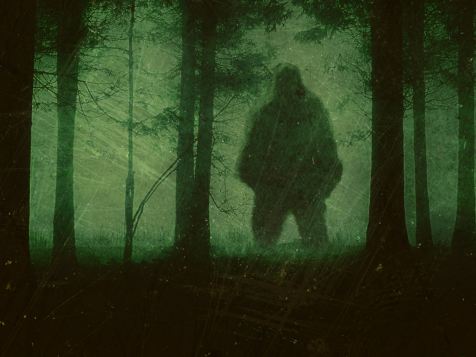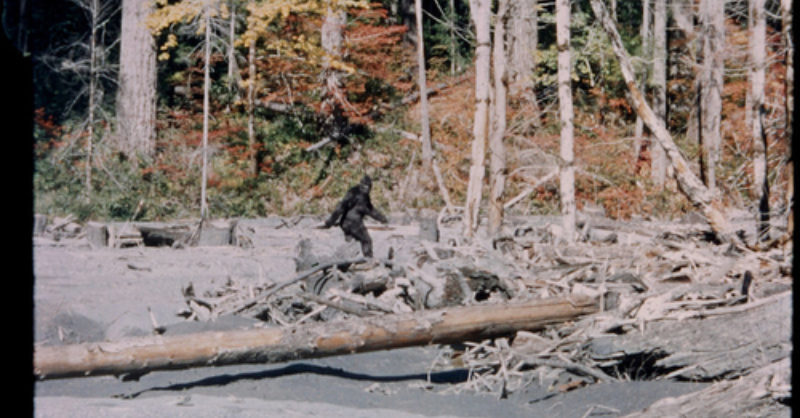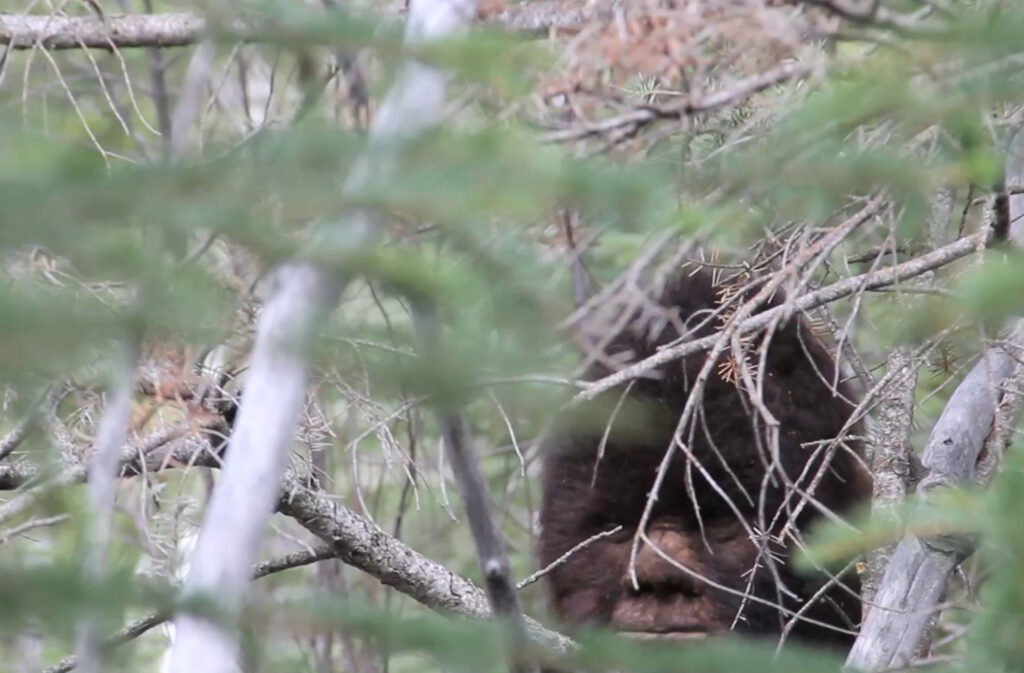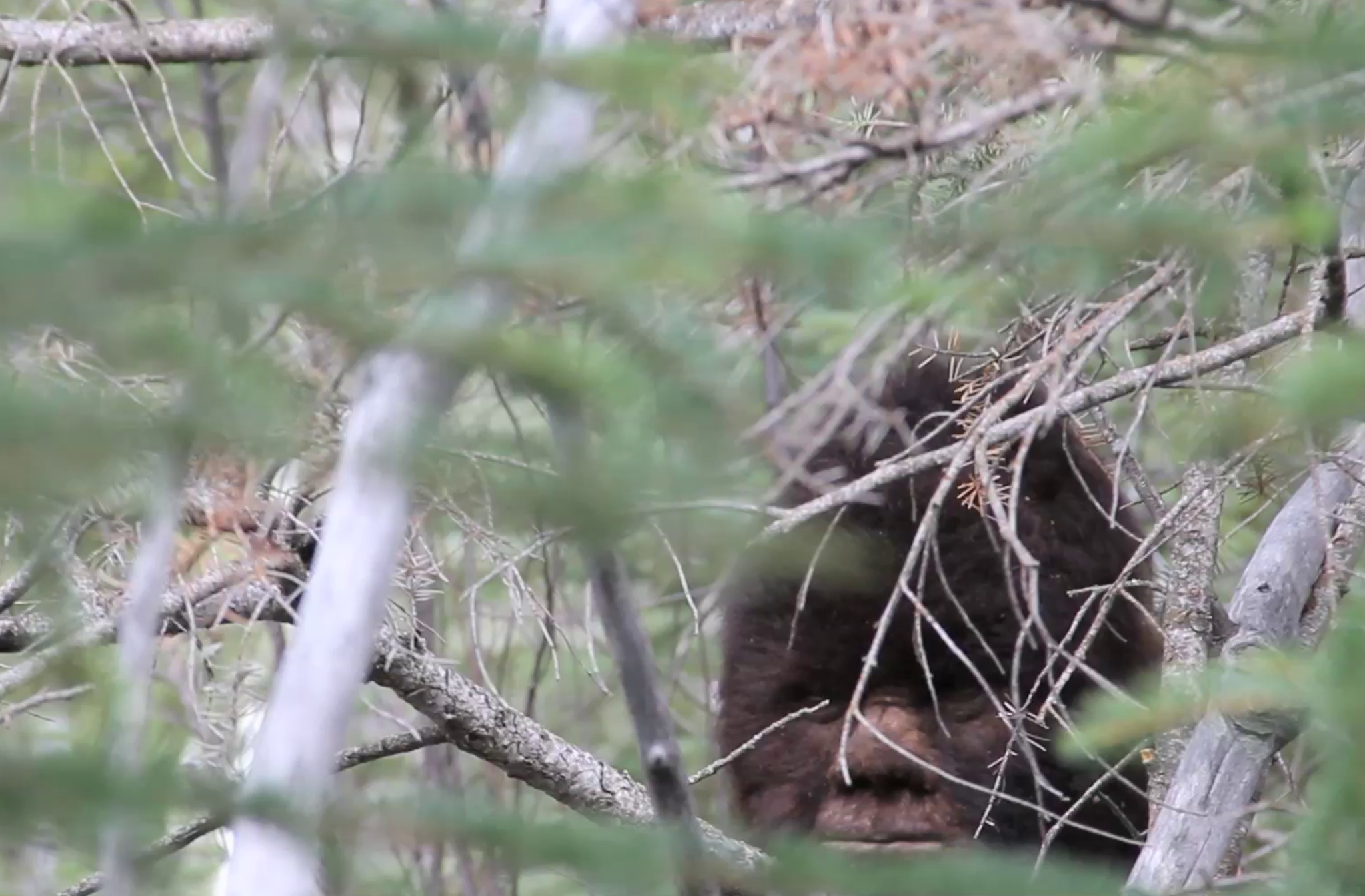Imagine you’re walking alone in the vast wilderness, surrounded by towering trees and the sounds of nature. Suddenly, out of the corner of your eye, you catch a glimpse of something massive and elusive. Could it be Bigfoot? Over the years, there have been numerous reports of unexplained Bigfoot sightings in the wilderness, leaving experts and enthusiasts baffled and intrigued. These sightings hold the promise of unraveling the mystery behind the legendary creature, and in this article, we will explore some of the most fascinating encounters with Bigfoot in the untamed wilderness.
Background on Bigfoot
Bigfoot, also known as Sasquatch, is a legendary creature that has captivated people’s imaginations for centuries. Described as a large, hairy, ape-like being, Bigfoot is believed to inhabit remote wilderness areas, mainly in North America. While the existence of Bigfoot remains unproven, there have been countless accounts of sightings and encounters with this elusive creature throughout history. From Native American legends to modern-day eyewitness testimonies, the mystery of Bigfoot continues to intrigue and fascinate people around the world.
Historical Accounts of Bigfoot Sightings
Early Native American Legends
Long before settlers and explorers arrived in North America, indigenous tribes had stories about a mysterious creature roaming the wilderness. Native American legends often depicted Bigfoot as a powerful and spiritual being, capable of both benevolence and mischief. These stories served as cautionary tales and respected the creature as a guardian of the natural world. To this day, Native American communities have a deep reverence for Bigfoot, considering it a significant part of their cultural heritage.
Explorers and Settlers Encounters
As European explorers and settlers made their way into uncharted territories, they too encountered strange and unfamiliar creatures. The wilderness was a vast and mysterious place, and reports of encounters with large, hairy creatures resembling Bigfoot became increasingly prominent. These encounters added to the growing fascination and speculation surrounding Bigfoot, fuelling an interest in further exploration and understanding of the creature’s existence.
Patterson-Gimlin Film
One of the most iconic pieces of evidence supporting the existence of Bigfoot is the Patterson-Gimlin film, shot in 1967 by Roger Patterson and Robert Gimlin. The film depicts a large, bipedal creature walking through the forest, appearing to be a genuine depiction of Bigfoot. While the Patterson-Gimlin film is widely debated and scrutinized, it remains a significant milestone in Bigfoot research and continues to be analyzed by experts and enthusiasts alike.

This image is property of travel.home.sndimg.com.
Scientific Perspectives on Bigfoot Sightings
Cryptozoology
The study of unknown or undiscovered animals, known as cryptozoology, encompasses the investigation of Bigfoot sightings. Cryptozoologists aim to collect evidence and conduct research to uncover the existence of elusive creatures, including Bigfoot. While some skeptics dismiss cryptozoology as pseudoscience, it provides a framework for those who believe in the possibility of discovering new and unknown species.
Skepticism and Hoaxes
Despite the number of reported sightings, Bigfoot remains a topic of skepticism and scrutiny. Skeptics argue that most sightings can be chalked up to misidentification, hoaxing, or the misinterpretation of natural phenomenon. There have been instances where individuals confessed to fabricating Bigfoot sightings, further fueling skepticism within the scientific community. However, skeptics acknowledge that the possibility of discovering a new species should never be wholly dismissed without compelling evidence.
Possible Explanations
Researchers and scientists have proposed various theories to explain Bigfoot sightings. These theories range from Bigfoot being an undiscovered species of ancient ape to a surviving remnant of our evolutionary ancestors. Others believe it may be a misidentified bear or a result of mass hysteria. While no conclusive evidence has been found, a multitude of possible explanations continue to be explored, contributing to the ongoing study of Bigfoot.
Notable Unexplained Bigfoot Sightings
Pacific Northwest
The Pacific Northwest region of the United States, particularly Washington and Oregon, is often regarded as the epicenter of Bigfoot sightings. With its dense forests, remote wilderness, and ample food sources, it provides an ideal habitat for an elusive creature like Bigfoot. Numerous sightings have been reported in these areas, fueling the belief that Bigfoot may have established a territorial presence in the vast wilderness of the Pacific Northwest.
Southern States
While the Pacific Northwest dominates Bigfoot lore, sightings have also been reported in the southern states of the United States. States such as Texas, Oklahoma, and Arkansas have their fair share of accounts, indicating that Bigfoot’s range extends beyond the Pacific Northwest. These sightings further contribute to the complexity and diversity of Bigfoot research, suggesting that the creature may adapt to different environments and habitats.
Northeastern USA
The wilderness of the northeastern United States, including states like New York and Pennsylvania, has its own history of Bigfoot sightings. Witness reports describe encounters in dense forests and rural areas, indicating that the creature’s presence is not limited to specific geographic regions. The cumulative effect of sightings across different regions strengthens the case for further investigation and research into Bigfoot’s existence.
International Sightings
Bigfoot sightings are not confined to the United States alone; reports of similar creatures have emerged from various parts of the world. From the Yeti in the Himalayas to the Yowie in Australia, different cultures have their own versions of Bigfoot that share similar characteristics. While these international sightings add to the global fascination surrounding Bigfoot, they also pose challenges in terms of collaboration and research due to geographical limitations.

This image is property of d181q449nqu6en.cloudfront.net.
Eyewitness Testimonies and Evidence
Detailed Descriptions of Bigfoot Sightings
Eyewitness accounts of Bigfoot encounters provide valuable insights into the creature’s behavior and appearance. Many describe Bigfoot as a tall, bipedal creature covered in dark hair, with a powerful build and distinctive features such as broad shoulders and a conical-shaped head. Witnesses often report a strong, musky odor accompanying the presence of Bigfoot. These detailed descriptions serve as a basis for further investigation and analysis, contributing to the ongoing study of Bigfoot.
Footprints and Physical Traces
One of the most tangible forms of evidence in Bigfoot research is the discovery of footprints and physical traces left behind by the creature. Casts of large footprints, displaying dermal ridges and anatomical characteristics, have been found in numerous locations. These footprints provide valuable information on the creature’s size, stride, and foot structure, adding weight to the possibility of an unknown primate species or a bipedal mammal roaming the wilderness.
Audio and Visual Recordings
Advancements in technology have allowed for the capturing of audio and visual recordings that claim to depict Bigfoot. From blurry photographs to audio recordings of vocalizations believed to be Bigfoot’s, these pieces of evidence generate excitement and curiosity in both the scientific and general communities. While these recordings often face skepticism and analysis, they continue to contribute to the growing body of evidence surrounding Bigfoot.
Investigative Efforts and Organizations
Bigfoot Field Researchers Organization
Founded in 1995, the Bigfoot Field Researchers Organization (BFRO) is one of the most prominent organizations dedicated to the scientific study and investigation of Bigfoot. Comprised of researchers, scientists, and volunteers, the BFRO collects and analyzes Bigfoot sightings, conducts field investigations, and organizes expeditions to known sighting locations. The organization’s rigorous methodology and commitment to scientific integrity have contributed significantly to the credibility and advancement of Bigfoot research.
Scientific Studies and Expeditions
In recent years, scientific studies and expeditions focused on Bigfoot have gained traction within the scientific community. Researchers from various disciplines, such as anthropology, primatology, and zoology, have embarked on expeditions to gather further evidence and explore potential habitats of Bigfoot. Through the application of advanced technology, including drone surveys and DNA analysis, these studies aim to shed light on the mystery and bring scientific legitimacy to the study of Bigfoot.
Community and Citizen Investigations
Community and citizen investigations play a crucial role in the study of Bigfoot. Enthusiasts and curious individuals often form their own research groups or participate in local investigations, combining their passion with a desire to contribute to the field. These grassroots efforts provide additional perspectives, local insights, and valuable eyewitness testimonies that contribute to the overall understanding of Bigfoot sightings.

This image is property of countryroadsmagazine.com.
Criticism and Controversy Surrounding Bigfoot Sightings
Lack of Conclusive Proof
One of the main criticisms surrounding Bigfoot sightings is the lack of conclusive proof or physical evidence. Skeptics argue that despite numerous eyewitness accounts and claims, there has been no irrefutable evidence to substantiate the existence of Bigfoot. The absence of a confirmed specimen or DNA sample complicates efforts to gain widespread acceptance and support within the scientific community.
Debunking and Skepticism
As with any sensational or controversial topic, debunking and skepticism are unavoidable factors in the study of Bigfoot. Skeptical individuals and organizations dedicate themselves to disproving claims, analyzing evidence, and providing alternative explanations for reported sightings. While skepticism serves as an important facet of scientific inquiry, it also spurs healthy debate and challenges researchers to further refine their methodologies and evidence collection.
Cultural and Pop Culture Influence
The cultural and pop culture influence on Bigfoot has at times hindered serious study and research. The creature has been featured in numerous books, films, and television shows, often portrayed in a sensationalized and exaggerated manner. This portrayal can overshadow the serious efforts of researchers and overshadow the genuine investigation into Bigfoot. However, the popularity and cultural significance of Bigfoot have also sparked interest and awareness, leading to increased public engagement and support for scientific research.
Impact on Local Communities and Tourism
Bigfoot Festivals and Events
Bigfoot sightings have become an integral part of local folklore in many regions, leading to the organization of Bigfoot festivals and events. These gatherings attract enthusiasts, researchers, and curious individuals who come together to celebrate and learn about Bigfoot. Festivals often feature guest speakers, expert panels, and activities such as guided hikes and workshops. Not only do these events foster a sense of community and shared interest, but they also generate tourism and economic benefits for local businesses.
Economic Benefits and Tourism
Communities associated with Bigfoot sightings often capitalize on the creature’s popularity to boost tourism and the local economy. Tourist attractions, museums, and visitor centers showcasing Bigfoot-related exhibits see an influx of visitors eager to immerse themselves in the world of Bigfoot. Local businesses, including hotels, restaurants, and souvenir shops, also benefit from the increased tourism, providing job opportunities and a boost to the local economy.
Local Legends and Folklore
Bigfoot sightings have shaped local legends and folklore in communities where encounters have occurred. These stories become a part of the cultural fabric, passed down through generations, and serving as a source of pride and intrigue. Local legends often reflect the relationship between the community and the natural environment, emphasizing the importance of preserving and respecting nature. Bigfoot’s presence in local folklore serves not only as entertainment but also as a reminder of the mysteries that still exist in the wilderness.

This image is property of d181q449nqu6en.cloudfront.net.
The Future of Bigfoot Research
Advancements in Technology
As technology continues to evolve, so too does its potential to aid in the study of Bigfoot. Advances in DNA analysis techniques, drone surveys, infrared imaging, and audio recording equipment provide researchers with powerful tools to investigate and gather evidence. The widespread availability and affordability of these technologies enable citizen scientists and enthusiasts to actively contribute to research efforts, further advancing the study of Bigfoot.
Collaborative Efforts
Collaboration between researchers, scientists, and enthusiasts worldwide holds the potential to propel Bigfoot research forward. By sharing data, analysis, and resources, collaboration breaks down geographical barriers, allowing for a more comprehensive and unified approach to studying Bigfoot. The establishment of international networks and research partnerships fosters the exchange of knowledge, ideas, and best practices, ultimately increasing the likelihood of making significant breakthroughs in the understanding of Bigfoot.
Potential Discoveries
The future of Bigfoot research is full of potential discoveries. With ongoing advancements in technology and the ever-expanding community of researchers, scientists, and enthusiasts dedicated to the study of Bigfoot, the chances of uncovering compelling evidence in the coming years are promising. From the discovery of physical remains to the collection of DNA samples, each piece of concrete evidence brings us closer to understanding the mystery of Bigfoot and its place in the natural world.
Conclusion
Bigfoot, the enigmatic creature of legend and lore, continues to capture the imagination and curiosity of many. Throughout history, the tales and accounts of sightings suggest that something mysterious and unexplained may indeed exist within the vast wilderness. While skepticism and criticism persist, the dedication and passion of researchers, scientists, and citizens contribute to a growing body of evidence and a deeper understanding of Bigfoot. The future of Bigfoot research holds the promise of advancements in technology, collaborative efforts, and potential discoveries that may one day unravel the mystery surrounding this elusive creature. Whether one is a believer or a skeptic, the allure of Bigfoot remains, reminding us that there are still secrets within the natural world waiting to be discovered.

This image is property of globalnews.ca.

